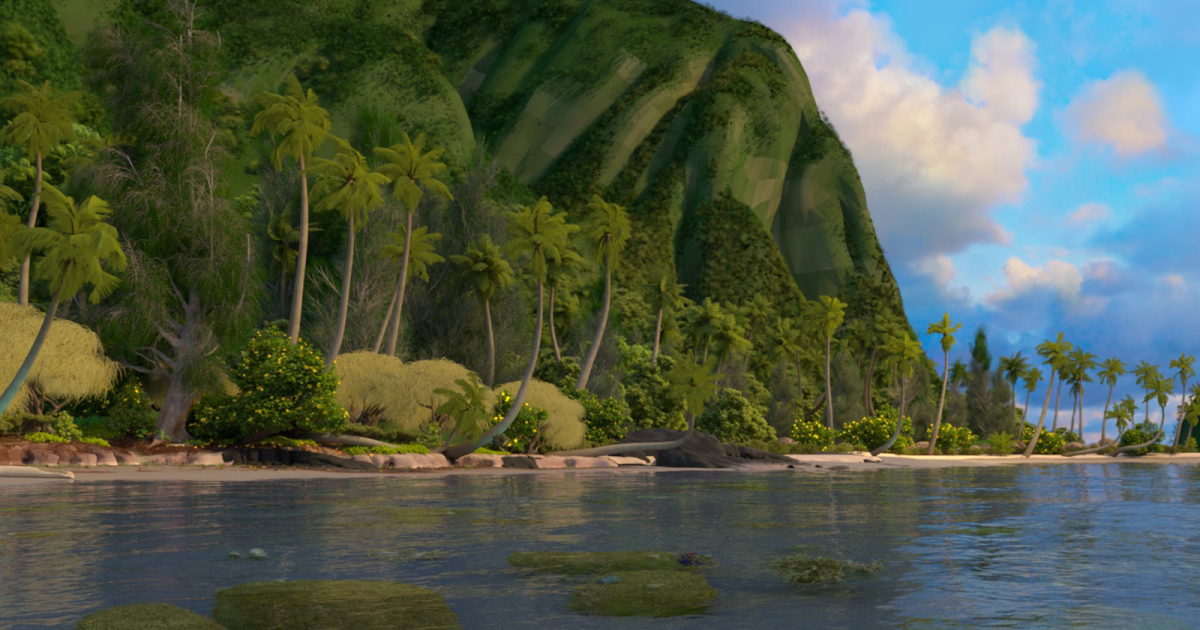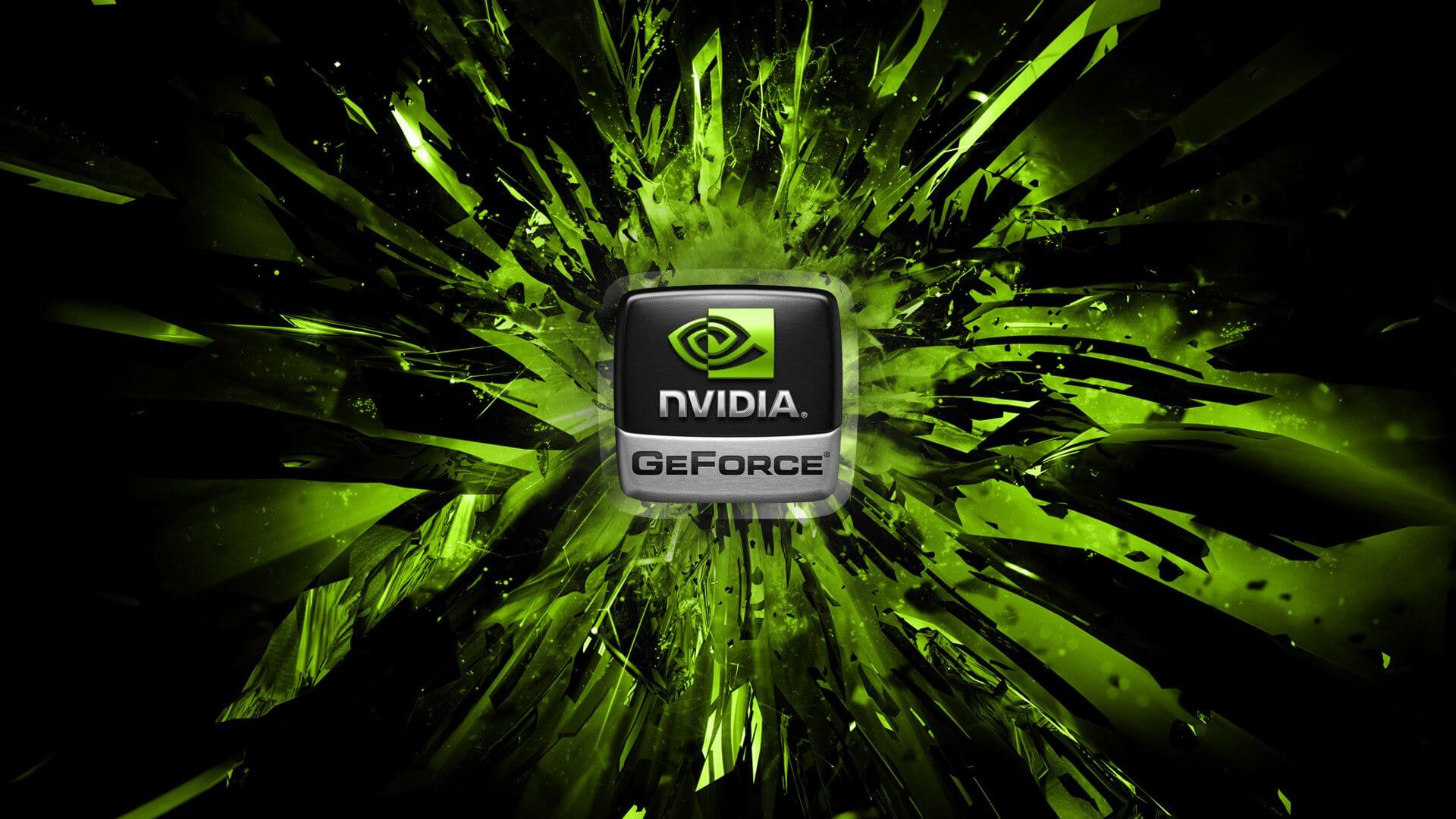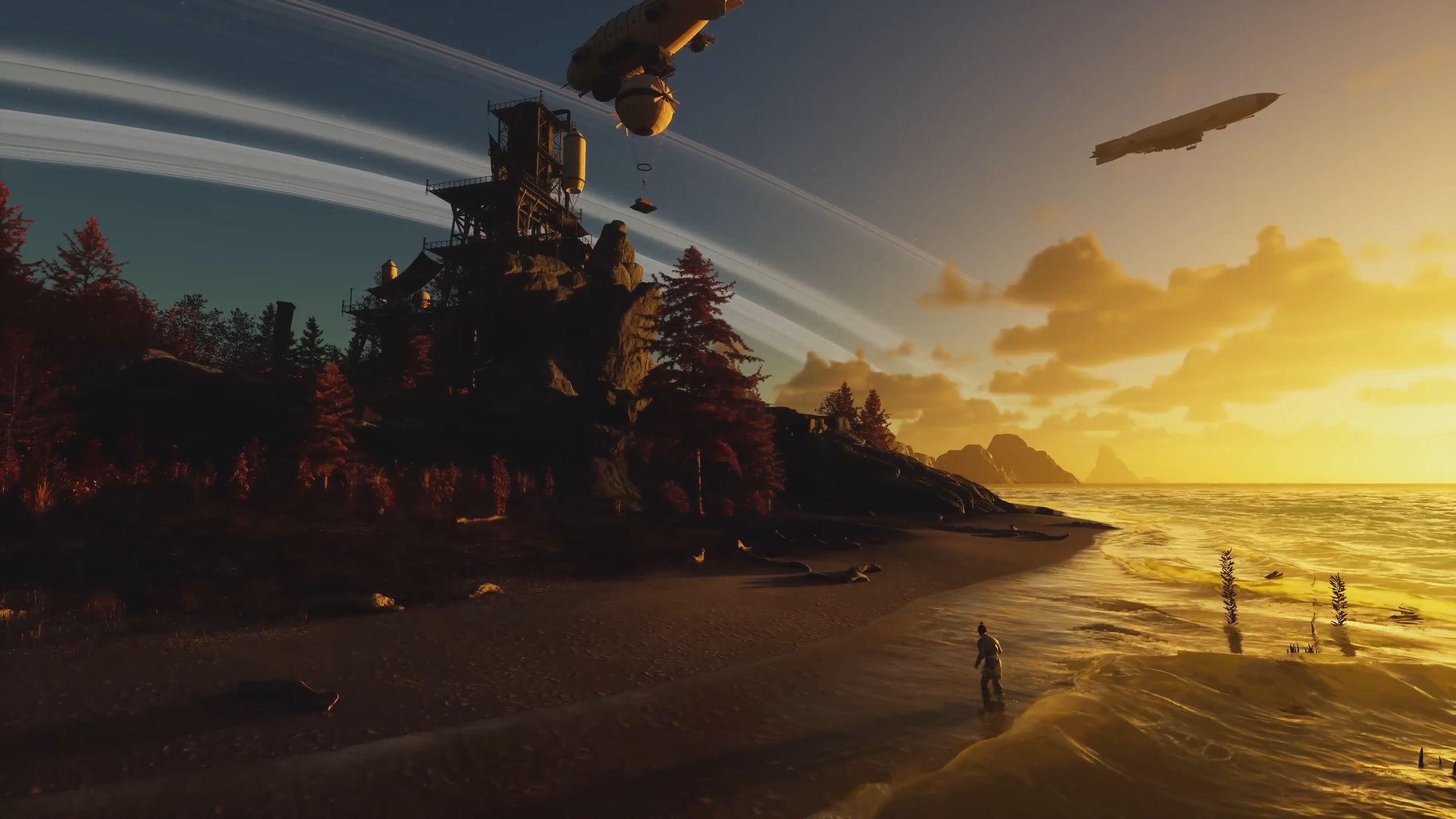DSOG: We’ve seen some developers implementing in their games software-based Ray Tracing solutions that run on all GPUs. Crysis Remastered and Avatar are two of them. Then we have UE5’s software-based Lumen. What’s your opinion on these RT solutions?
LS: It’s great to see RT being adopted by more systems and platforms, we’ve been a firm believer in the technology for a long time. Ultimately, we at NVIDIA are always pushing for the very best visuals possible, and we look to achieve that via a combination of hardware advances and AI solutions.
Our RT cores allow games to run incredibly intensive RT visuals, while DLSS Super Resolution and Frame Generation utilize AI to improve performance. On top of that you have DLSS Ray Reconstruction running an AI denoiser to improve image quality and RT effects even further. We feel this solution will continue to raise the bar when it comes to lifelike PC visuals.
DSOG: In the 20s, NVIDIA shared a lot of tech demos for its GPUs. From the Medusa to The Isle and the Chameleon, all of them gave PC gamers a glimpse at the future of PC graphics. Nowadays though, you haven’t released your Ray Tracing Tech Demos to the public. These tech demos could make more PC gamers understand the benefits of Ray Tracing/Path Tracing, so why aren’t they available for download?
LS: Ultimately our focus is on bringing these technologies to the games that people are playing.
We are no longer waiting years for new technologies to find their feet, we saw RT and DLSS implemented in games very shortly after their initial announcements and the cadence has only increased. The same can be said for DLSS 3.5 where we demonstrated the technology in both Alan Wake 2 and Cyberpunk 2077 Phantom Liberty on the same day we announced the feature. Gamers then got their chance to experience the new tech a few weeks later when the game’s released. I think this is a testament to how we work with developers and provide them with the tools to implement our technologies early-on.
As for being able to try out these features for free, our RTX technologies are included in some of the biggest AAA free to play titles out there including Fortnite (RT/DLSS/Reflex), CS2 (Reflex) and Apex Legends (Reflex). On top of that, RTX Remix gives modders a chance to integrate our newest RTX technologies in their mods, and give gamers an avenue to try free upgrades of classic games that show off the graphical cutting edge. For example, Portal with RTX (PT/DLSS/Reflex) was the first fully ray traced game with DLSS 3, and was a free upgrade for those that already own Portal, and surely Portal is in everyone’s Steam library?!

80.lv

gpuopen.com








